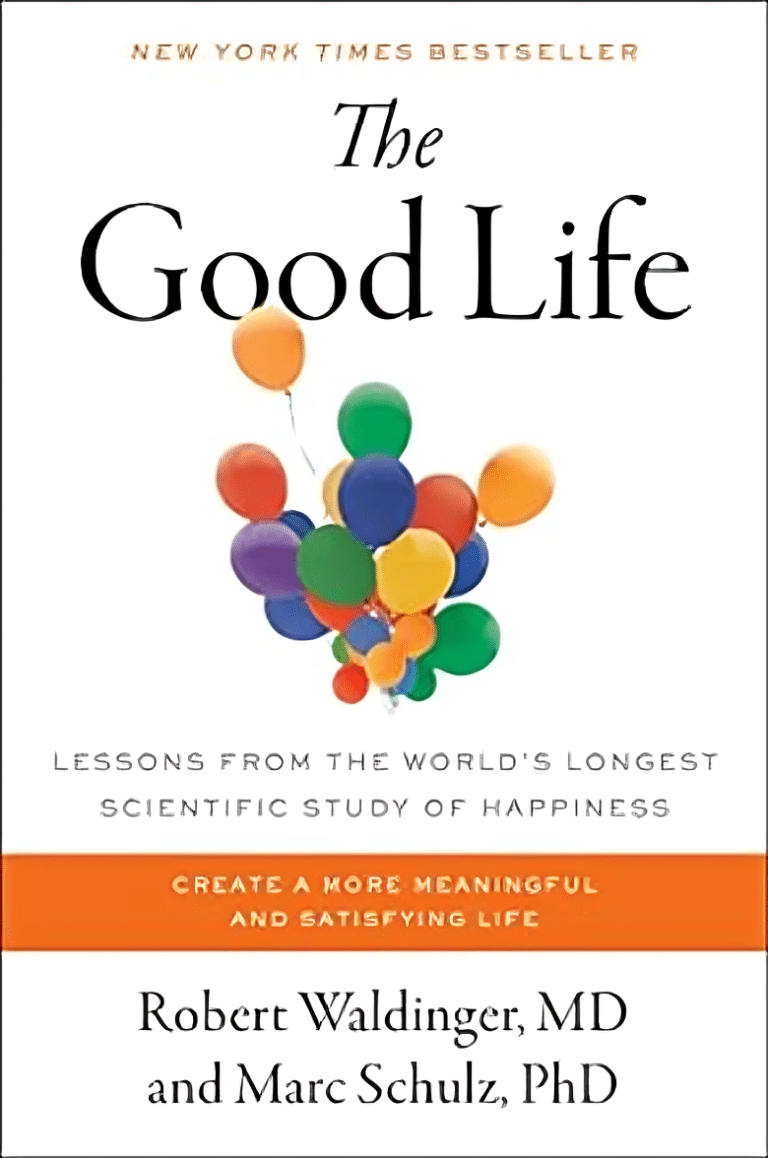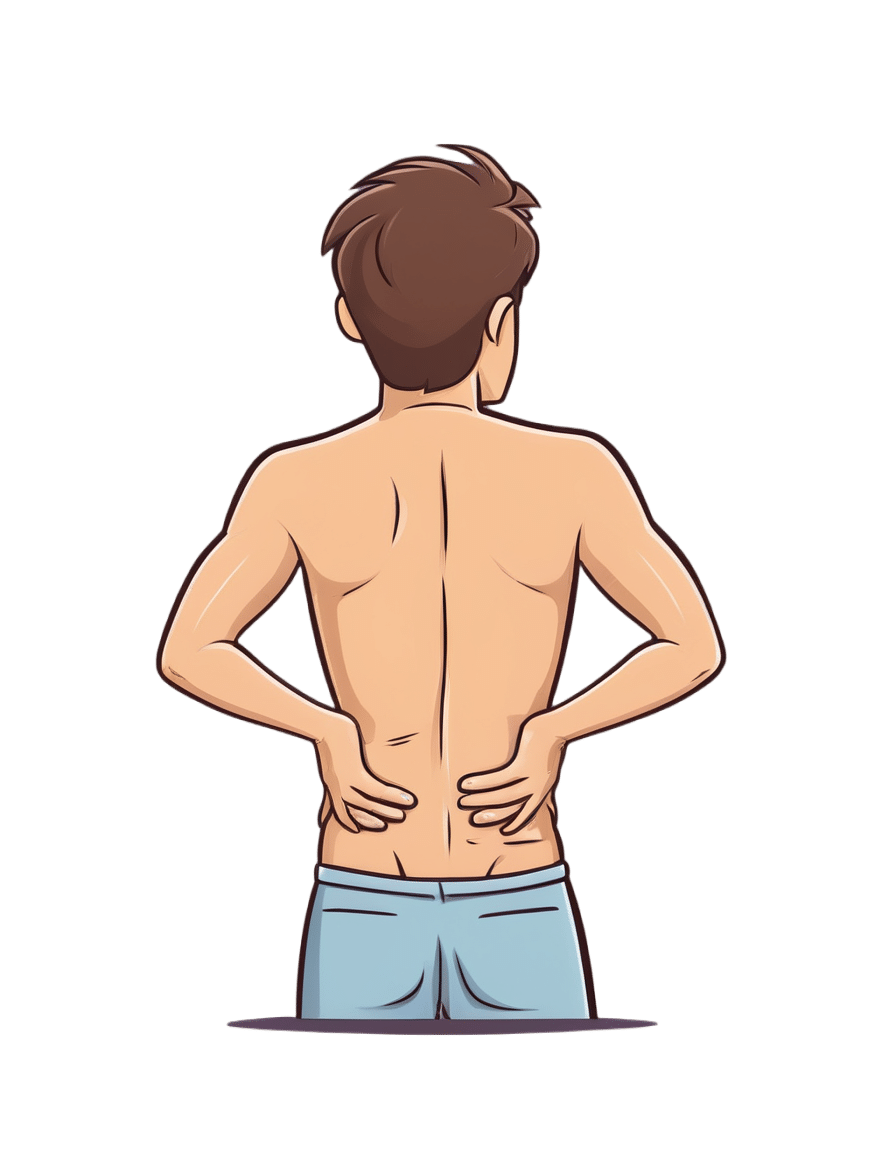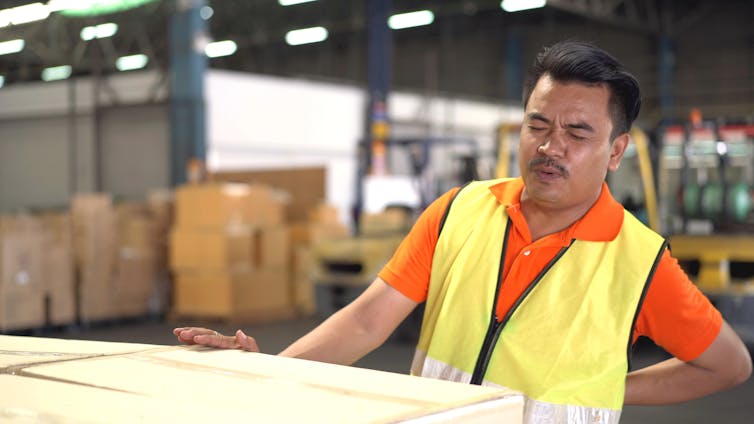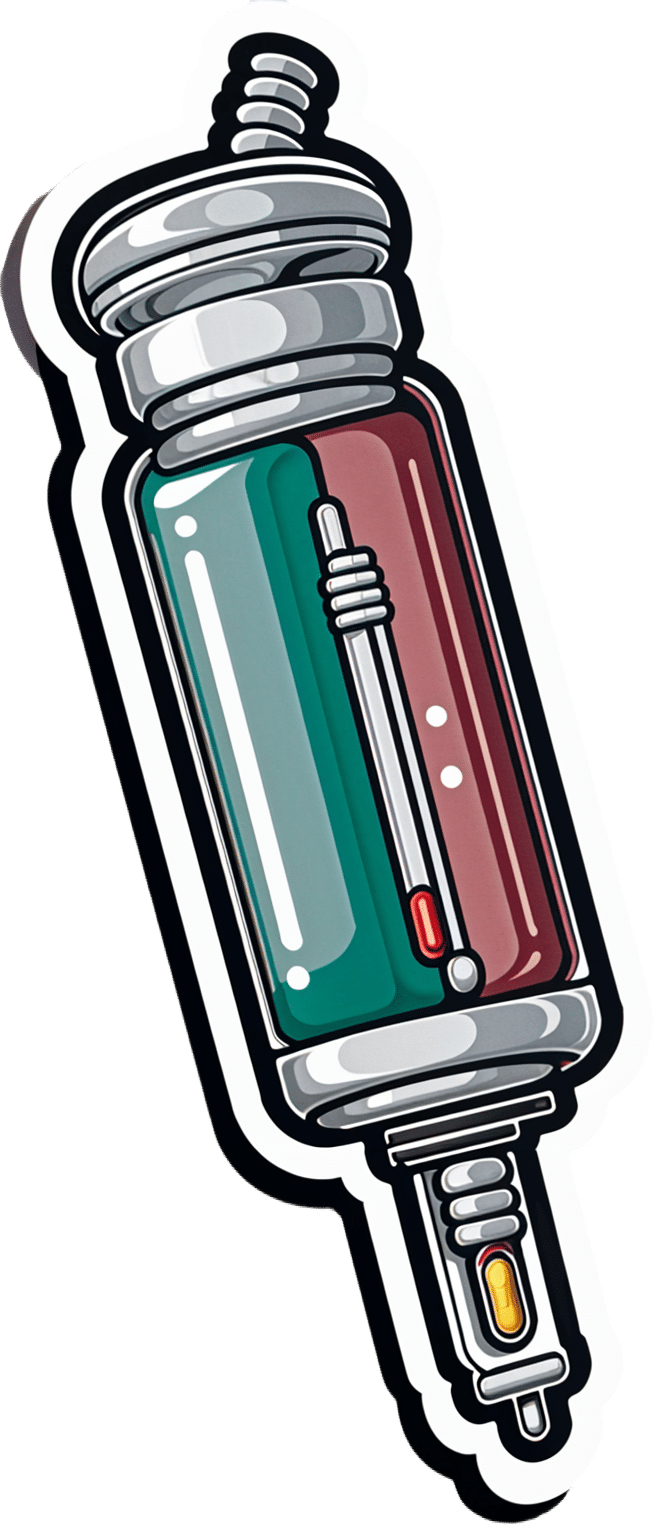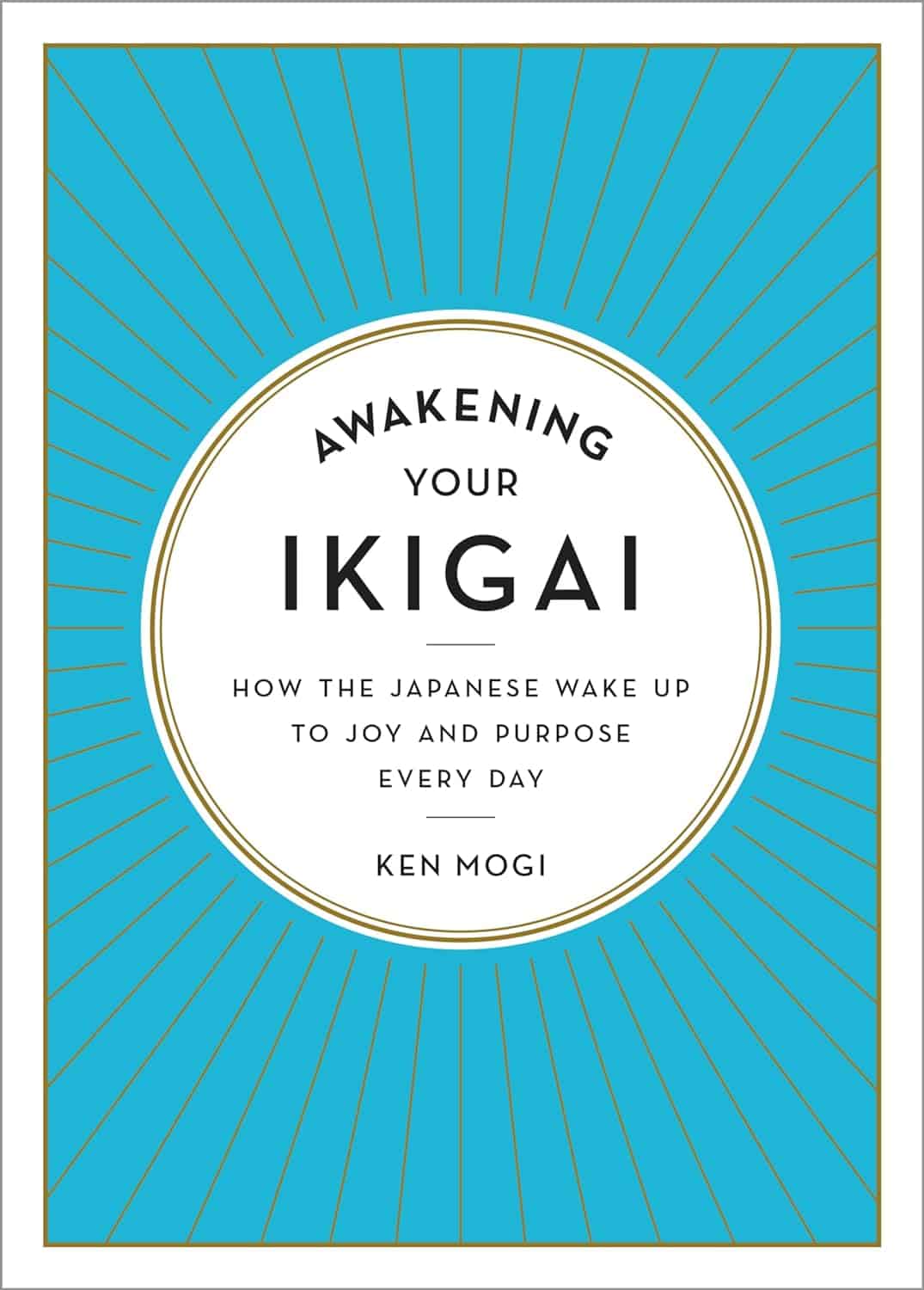
Awakening Your Ikigai – by Dr. Ken Mogi
10almonds is reader-supported. We may, at no cost to you, receive a portion of sales if you purchase a product through a link in this article.
It’s been well-established in supercentenarian studies that one of the key factors beyond diet or exercise or suchlike (important as those things definitely are), is having a purpose to one’s life.
Neuroscientist Dr. Ken Mogi explains in this very easy-to-read book, how we can bring ikigai into our lives.
From noticing the details of the small things in life, to reorienting one’s life around what’s most truly most important to us, Dr. Mogi gives us not just a “this is ikigai” exposé, but rather, a practical and readily applicable how-to guide.
Bottom line: if you’ve so far been putting off ikigai as “I’ll get to that”, the time to start is today.
Click here to check out Awakening Your Ikigai, and actually awaken yours!
Don’t Forget…
Did you arrive here from our newsletter? Don’t forget to return to the email to continue learning!
Recommended
Learn to Age Gracefully
Join the 98k+ American women taking control of their health & aging with our 100% free (and fun!) daily emails:
-
Language Fluency Beats General Intelligence & Memory For Longevity
10almonds is reader-supported. We may, at no cost to you, receive a portion of sales if you purchase a product through a link in this article.
And no, it doesn’t have to be a second language, although that helps a lot:
An Underrated Tool Against Alzheimer’s ← you don’t even have to learn the second language to a high level, to benefit
Rather, what we’re talking about today is your first language fluency. So, for most of our readers, English. For the study participants it was German, because this was a German research team using data from the German population.
The Berlin Aging Study
Previous research has linked intelligence to longevity, but intelligence comprises multiple traits. So, what’s most important? Memory? General intelligence? Nope. Language fluency!
Let’s clarify something before we continue: “fluency” does not, in linguistics, mean what most people use it to mean. It’s not about the size of one’s overall knowledge of the language (e.g. vocabulary size), but rather, it is about one’s ability to speak and/or write fluently—literally, fluently means “flowingly”, i.e. without undue hesitation or difficulty.
The study used data from the Berlin Aging Study, which tracked 516 people aged 70–105 from 1989 onwards.
Researchers assessed four cognitive abilities, with two kinds of tests for each of:
- Verbal fluency (detailed description below)
- Perceptual speed (pattern-recognition speed)
- Verbal knowledge (vocabulary size)
- Episodic memory (personal memory recall)
General intelligence, meanwhile, was assessed as “the average of those 8 scores”.
The two tests for the cognitive ability of “verbal fluency” were:
Categories
Participants had to name as many different animals as possible within 90 seconds. Their answers were subsequently rated for correctness by two independent research assistants, to assure that noticed or unnoticed repetitions, wrong categories, and morphological variants were not coded as correct.
Word beginnings
Participants were asked to name as many different real words starting with the letter s as possible within 90 seconds. The named words were rated for correctness by two independent research assistants to avoid considering repetitions, morphological variants, and wrong words as correct.
You can read about these and the other tests for the other cognitive abilities, in the paper itself:
Verbal Fluency Selectively Predicts Survival in Old and Very Old Age ← if you’re looking for the test descriptions, scroll to “Method” and then scroll past the table, and you’ll see the test descriptions
They found that of all these metrics, only the two verbal fluency tests (and none of the other tests) showed a significant link to longevity.
Why this is important
Although the study does not prove causality (it could be that people who are predisposed to live longer for other reasons are more verbally fluent because of some common factor that influences both language fluency and longevity), it seems as good a reason as any to develop and maintain language fluency.
This builds on what was found in “The Nun Study“, that followed a convent of nuns (because they are a very homogenous sample in terms of occupation, location, diet, routine, etc, so a lot of confounding factors were already controlled-for) and made numerous major discoveries about things that impact aging (including the relevance of the APOE4 gene! That was The Nun Study).
When it came to nuns and language…
Based on the autobiographies written by the nuns in their youth upon taking their vows, there were two factors that were later correlated with not getting dementia:
- Longer sentences
- Positive outlook
- “Idea density”
That latter item means the relative linguistic density of ideas and complexity thereof, and the fluency and vivacity with which they were expressed (this was not a wishy-washy assessment; there was a hard-science analysis to determine numbers).
Want to spruce up yours? You might like to check out:
Reading, Better: Reading As A Cognitive Exercise
…for specific, evidence-based ways to tweak your reading to fight cognitive decline.
Take care!
Share This Post
-
Brussels Sprouts vs Broccoli – Which is Healthier?
10almonds is reader-supported. We may, at no cost to you, receive a portion of sales if you purchase a product through a link in this article.
Our Verdict
When comparing sprouts to broccoli, we picked the sprouts.
Why?
First let’s note that we have an interesting comparison today, because these two plants are the exact same species (and indeed, also the exact same species as cabbage, cauliflower. and kale)—just a different cultivar. All of these plants and more are simply cultivars of Brassica oleracea.
Them being the same species notwithstanding, there are nutritional differences:
In terms of macros, sprouts have slightly more protein, carbohydrates, and fiber, whereas broccoli has slightly more water weight. An easy win for sprouts here.
In the category of vitamins, sprouts have more of vitamins A, B1, B3, B6, C, E, and K, while broccoli has more of vitamins B2 and B5. Another easy win for sprouts.
When it comes to minerals, sprouts again lead with more copper, iron, magnesium, manganese, phosphorus, and potassium, while broccoli has more calcium and selenium.
A note on oxalates: while oxalates are not a problem for most people, it is important to be mindful of them if one has kidney problems. You may know that spinach (a fellow green vegetable high in vitamins and minerals, as well as being a fellow oleracea, albeit of a different genus, so not the same species for once) is high in oxalates, but these two Brassica oleracea we compared today are amongst the lowest in oxalates (source 1 | source 2), making them an ideal way to get vitamins, minerals, and fiber on an oxalate-controlled diet.
Since both are also high in polyphenols, especially kaempferol and quercetin, we’ll mention that sprouts have more lignans while broccoli has more flavonoids. In short: they’re both very good, just different.
As ever, enjoy both! But if you’re going to pick one for total best nutritional density, it’s sprouts.
Want to learn more?
You might like to read:
Sprout Your Seeds, Grains, Beans, Etc ← sprout your Brassica oleracea, too!
Take care!
Share This Post
-
How long does back pain last? And how can learning about pain increase the chance of recovery?
10almonds is reader-supported. We may, at no cost to you, receive a portion of sales if you purchase a product through a link in this article.
Back pain is common. One in thirteen people have it right now and worldwide a staggering 619 million people will have it this year.
Chronic pain, of which back pain is the most common, is the world’s most disabling health problem. Its economic impact dwarfs other health conditions.
If you get back pain, how long will it take to go away? We scoured the scientific literature to find out. We found data on almost 20,000 people, from 95 different studies and split them into three groups:
- acute – those with back pain that started less than six weeks ago
- subacute – where it started between six and 12 weeks ago
- chronic – where it started between three months and one year ago.
We found 70%–95% of people with acute back pain were likely to recover within six months. This dropped to 40%–70% for subacute back pain and to 12%–16% for chronic back pain.
Clinical guidelines point to graded return to activity and pain education under the guidance of a health professional as the best ways to promote recovery. Yet these effective interventions are underfunded and hard to access.
More pain doesn’t mean a more serious injury
Most acute back pain episodes are not caused by serious injury or disease.
There are rare exceptions, which is why it’s wise to see your doctor or physio, who can check for signs and symptoms that warrant further investigation. But unless you have been in a significant accident or sustained a large blow, you are unlikely to have caused much damage to your spine.
Your doctor or physio can rule out serious damage.
DG fotostock/ShutterstockEven very minor back injuries can be brutally painful. This is, in part, because of how we are made. If you think of your spinal cord as a very precious asset (which it is), worthy of great protection (which it is), a bit like the crown jewels, then what would be the best way to keep it safe? Lots of protection and a highly sensitive alarm system.
The spinal cord is protected by strong bones, thick ligaments, powerful muscles and a highly effective alarm system (your nervous system). This alarm system can trigger pain that is so unpleasant that you cannot possibly think of, let alone do, anything other than seek care or avoid movement.
The messy truth is that when pain persists, the pain system becomes more sensitive, so a widening array of things contribute to pain. This pain system hypersensitivity is a result of neuroplasticity – your nervous system is becoming better at making pain.
Reduce your chance of lasting pain
Whether or not your pain resolves is not determined by the extent of injury to your back. We don’t know all the factors involved, but we do know there are things that you can do to reduce chronic back pain:
- understand how pain really works. This will involve intentionally learning about modern pain science and care. It will be difficult but rewarding. It will help you work out what you can do to change your pain
- reduce your pain system sensitivity. With guidance, patience and persistence, you can learn how to gradually retrain your pain system back towards normal.
How to reduce your pain sensitivity and learn about pain
Learning about “how pain works” provides the most sustainable improvements in chronic back pain. Programs that combine pain education with graded brain and body exercises (gradual increases in movement) can reduce pain system sensitivity and help you return to the life you want.
Some programs combine education with gradual increases in movement.
Halfpoint/ShutterstockThese programs have been in development for years, but high-quality clinical trials are now emerging and it’s good news: they show most people with chronic back pain improve and many completely recover.
But most clinicians aren’t equipped to deliver these effective programs – good pain education is not taught in most medical and health training degrees. Many patients still receive ineffective and often risky and expensive treatments, or keep seeking temporary pain relief, hoping for a cure.
When health professionals don’t have adequate pain education training, they can deliver bad pain education, which leaves patients feeling like they’ve just been told it’s all in their head.
Community-driven not-for-profit organisations such as Pain Revolution are training health professionals to be good pain educators and raising awareness among the general public about the modern science of pain and the best treatments. Pain Revolution has partnered with dozens of health services and community agencies to train more than 80 local pain educators and supported them to bring greater understanding and improved care to their colleagues and community.
But a broader system-wide approach, with government, industry and philanthropic support, is needed to expand these programs and fund good pain education. To solve the massive problem of chronic back pain, effective interventions need to be part of standard care, not as a last resort after years of increasing pain, suffering and disability.
Sarah Wallwork, Post-doctoral Researcher, University of South Australia and Lorimer Moseley, Professor of Clinical Neurosciences and Foundation Chair in Physiotherapy, University of South Australia
This article is republished from The Conversation under a Creative Commons license. Read the original article.
Share This Post
Related Posts
-
Sizing Aside: Are You Wearing The Right Bra For Your Breast Shape?
10almonds is reader-supported. We may, at no cost to you, receive a portion of sales if you purchase a product through a link in this article.
It’s well-known that most women wear incorrectly-fitting bras. Even with careful measurements, buying “off-the-rack” can be a challenge, because the sizing system only takes two measurements, when there are actually many more things to consider. Today’s video demystifies a lot of what else is going on!
For example…
Some of the different breast shapes/arrangements to consider:
- Wide-set breasts: likely to find there’s a bit of a gap between your breasts and the inside (nearest to your sternum) parts of the cups—while spilling out a little at the outside edges. The solution? Bras that offer side-support, to keep things pointing more forwards. Central-closing bras can also help gather things together, and a balconette bra can redistribute things more evenly. Any of these options will be a lot more comfortable.
- Small breasts: bralettes are your friend, keeping things comfortable while not wearing more bra than necessary to do the job (of course going braless is also an option, but we’re talking bra-fitting here, not bra-flinging-off never to be seen again)
- Deflated breasts: often the case for someone who used to have larger breasts, but they lost size for hormonal reasons rather than for weight loss reasons. This often occurs a little while after childbirth, and also happens a lot in menopause. The bra recommendation for this? A push-up plunge bra with ¾ coverage not only provides cleavage if that’s wanted, but also, will keep things much more snug and thus more evenly-distributed. If ever you’ve found yourself needing to adjust yourself every now and gain while out, this will fix that and keep you comfortable for much longer.
There’s more, along with a visual guide, so do check it out:
Click Here If The Embedded Video Doesn’t Load Automatically!
Further reading
While we haven’t written about this specifically (maybe we’ll do a “Life Hacks” edition one of these days), we have written about…
Keeping Abreast Of Your Cancer Risk
Take care!
Don’t Forget…
Did you arrive here from our newsletter? Don’t forget to return to the email to continue learning!
Learn to Age Gracefully
Join the 98k+ American women taking control of their health & aging with our 100% free (and fun!) daily emails:
-
Three Daily Servings of Beans?
10almonds is reader-supported. We may, at no cost to you, receive a portion of sales if you purchase a product through a link in this article.
It’s Q&A Day at 10almonds!
Have a question or a request? We love to hear from you!
In cases where we’ve already covered something, we might link to what we wrote before, but will always be happy to revisit any of our topics again in the future too—there’s always more to say!
As ever: if the question/request can be answered briefly, we’ll do it here in our Q&A Thursday edition. If not, we’ll make a main feature of it shortly afterwards!
So, no question/request too big or small
❝Not crazy about the Dr.s food advice. Beans 3X a day?❞
For reference, this is in response to our recent article on the topic of 12 things to aim to get a certain amount of each day:
So, there are a couple of things to look at here:
Firstly, don’t worry, it’s a guideline and an aim. If you don’t hit it on a given day, there is always tomorrow. It’s just good to know what one is aiming for, because without knowing that, achieving it will be a lot less likely!
Secondly, the beans/legumes/pulses category says three servings, but the example serving sizes are quite small, e.g. ½ cup cooked beans, or ¼ cup hummus. And also as you notice, dips/pastes/sauces made from beans count too. So given the portion sizes, you could easily get two servings in by breakfast (and two servings of whole grains, too) if you enjoy frijoles refritos, for example. Many of the recipes we share on this site have “stealth” beans/legumes/pulses in this fashion
Take care!
Don’t Forget…
Did you arrive here from our newsletter? Don’t forget to return to the email to continue learning!
Learn to Age Gracefully
Join the 98k+ American women taking control of their health & aging with our 100% free (and fun!) daily emails:
-
Clean Needles Save Lives. In Some States, They Might Not Be Legal.
10almonds is reader-supported. We may, at no cost to you, receive a portion of sales if you purchase a product through a link in this article.
Kim Botteicher hardly thinks of herself as a criminal.
On the main floor of a former Catholic church in Bolivar, Pennsylvania, Botteicher runs a flower shop and cafe.
In the former church’s basement, she also operates a nonprofit organization focused on helping people caught up in the drug epidemic get back on their feet.
The nonprofit, FAVOR ~ Western PA, sits in a rural pocket of the Allegheny Mountains east of Pittsburgh. Her organization’s home county of Westmoreland has seen roughly 100 or more drug overdose deaths each year for the past several years, the majority involving fentanyl.
Thousands more residents in the region have been touched by the scourge of addiction, which is where Botteicher comes in.
She helps people find housing, jobs, and health care, and works with families by running support groups and explaining that substance use disorder is a disease, not a moral failing.
But she has also talked publicly about how she has made sterile syringes available to people who use drugs.
“When that person comes in the door,” she said, “if they are covered with abscesses because they have been using needles that are dirty, or they’ve been sharing needles — maybe they’ve got hep C — we see that as, ‘OK, this is our first step.’”
Studies have identified public health benefits associated with syringe exchange services. The Centers for Disease Control and Prevention says these programs reduce HIV and hepatitis C infections, and that new users of the programs are more likely to enter drug treatment and more likely to stop using drugs than nonparticipants.
This harm-reduction strategy is supported by leading health groups, such as the American Medical Association, the World Health Organization, and the International AIDS Society.
But providing clean syringes could put Botteicher in legal danger. Under Pennsylvania law, it’s a misdemeanor to distribute drug paraphernalia. The state’s definition includes hypodermic syringes, needles, and other objects used for injecting banned drugs. Pennsylvania is one of 12 states that do not implicitly or explicitly authorize syringe services programs through statute or regulation, according to a 2023 analysis. A few of those states, but not Pennsylvania, either don’t have a state drug paraphernalia law or don’t include syringes in it.
Those working on the front lines of the opioid epidemic, like Botteicher, say a reexamination of Pennsylvania’s law is long overdue.
There’s an urgency to the issue as well: Billions of dollars have begun flowing into Pennsylvania and other states from legal settlements with companies over their role in the opioid epidemic, and syringe services are among the eligible interventions that could be supported by that money.
The opioid settlements reached between drug companies and distributors and a coalition of state attorneys general included a list of recommendations for spending the money. Expanding syringe services is listed as one of the core strategies.
But in Pennsylvania, where 5,158 people died from a drug overdose in 2022, the state’s drug paraphernalia law stands in the way.
Concerns over Botteicher’s work with syringe services recently led Westmoreland County officials to cancel an allocation of $150,000 in opioid settlement funds they had previously approved for her organization. County Commissioner Douglas Chew defended the decision by saying the county “is very risk averse.”
Botteicher said her organization had planned to use the money to hire additional recovery specialists, not on syringes. Supporters of syringe services point to the cancellation of funding as evidence of the need to change state law, especially given the recommendations of settlement documents.
“It’s just a huge inconsistency,” said Zoe Soslow, who leads overdose prevention work in Pennsylvania for the public health organization Vital Strategies. “It’s causing a lot of confusion.”
Though sterile syringes can be purchased from pharmacies without a prescription, handing out free ones to make drug use safer is generally considered illegal — or at least in a legal gray area — in most of the state. In Pennsylvania’s two largest cities, Philadelphia and Pittsburgh, officials have used local health powers to provide legal protection to people who operate syringe services programs.
Even so, in Philadelphia, Mayor Cherelle Parker, who took office in January, has made it clear she opposes using opioid settlement money, or any city funds, to pay for the distribution of clean needles, The Philadelphia Inquirer has reported. Parker’s position signals a major shift in that city’s approach to the opioid epidemic.
On the other side of the state, opioid settlement funds have had a big effect for Prevention Point Pittsburgh, a harm reduction organization. Allegheny County reported spending or committing $325,000 in settlement money as of the end of last year to support the organization’s work with sterile syringes and other supplies for safer drug use.
“It was absolutely incredible to not have to fundraise every single dollar for the supplies that go out,” said Prevention Point’s executive director, Aaron Arnold. “It takes a lot of energy. It pulls away from actual delivery of services when you’re constantly having to find out, ‘Do we have enough money to even purchase the supplies that we want to distribute?’”
In parts of Pennsylvania that lack these legal protections, people sometimes operate underground syringe programs.
The Pennsylvania law banning drug paraphernalia was never intended to apply to syringe services, according to Scott Burris, director of the Center for Public Health Law Research at Temple University. But there have not been court cases in Pennsylvania to clarify the issue, and the failure of the legislature to act creates a chilling effect, he said.
Carla Sofronski, executive director of the Pennsylvania Harm Reduction Network, said she was not aware of anyone having faced criminal charges for operating syringe services in the state, but she noted the threat hangs over people who do and that they are taking a “great risk.”
In 2016, the CDC flagged three Pennsylvania counties — Cambria, Crawford, and Luzerne — among 220 counties nationwide in an assessment of communities potentially vulnerable to the rapid spread of HIV and to new or continuing high rates of hepatitis C infections among people who inject drugs.
Kate Favata, a resident of Luzerne County, said she started using heroin in her late teens and wouldn’t be alive today if it weren’t for the support and community she found at a syringe services program in Philadelphia.
“It kind of just made me feel like I was in a safe space. And I don’t really know if there was like a come-to-God moment or come-to-Jesus moment,” she said. “I just wanted better.”
Favata is now in long-term recovery and works for a medication-assisted treatment program.
At clinics in Cambria and Somerset Counties, Highlands Health provides free or low-cost medical care. Despite the legal risk, the organization has operated a syringe program for several years, while also testing patients for infectious diseases, distributing overdose reversal medication, and offering recovery options.
Rosalie Danchanko, Highlands Health’s executive director, said she hopes opioid settlement money can eventually support her organization.
“Why shouldn’t that wealth be spread around for all organizations that are working with people affected by the opioid problem?” she asked.
In February, legislation to legalize syringe services in Pennsylvania was approved by a committee and has moved forward. The administration of Gov. Josh Shapiro, a Democrat, supports the legislation. But it faces an uncertain future in the full legislature, in which Democrats have a narrow majority in the House and Republicans control the Senate.
One of the bill’s lead sponsors, state Rep. Jim Struzzi, hasn’t always supported syringe services. But the Republican from western Pennsylvania said that since his brother died from a drug overdose in 2014, he has come to better understand the nature of addiction.
In the committee vote, nearly all of Struzzi’s Republican colleagues opposed the bill. State Rep. Paul Schemel said authorizing the “very instrumentality of abuse” crossed a line for him and “would be enabling an evil.”
After the vote, Struzzi said he wanted to build more bipartisan support. He noted that some of his own skepticism about the programs eased only after he visited Prevention Point Pittsburgh and saw how workers do more than just hand out syringes. These types of programs connect people to resources — overdose reversal medication, wound care, substance use treatment — that can save lives and lead to recovery.
“A lot of these people are … desperate. They’re alone. They’re afraid. And these programs bring them into someone who cares,” Struzzi said. “And that, to me, is a step in the right direction.”
At her nonprofit in western Pennsylvania, Botteicher is hoping lawmakers take action.
“If it’s something that’s going to help someone, then why is it illegal?” she said. “It just doesn’t make any sense to me.”
This story was co-reported by WESA Public Radio and Spotlight PA, an independent, nonpartisan, and nonprofit newsroom producing investigative and public-service journalism that holds power to account and drives positive change in Pennsylvania.
KFF Health News is a national newsroom that produces in-depth journalism about health issues and is one of the core operating programs at KFF—an independent source of health policy research, polling, and journalism. Learn more about KFF.
USE OUR CONTENT
This story can be republished for free (details).
KFF Health News is a national newsroom that produces in-depth journalism about health issues and is one of the core operating programs at KFF—an independent source of health policy research, polling, and journalism. Learn more about KFF.
Subscribe to KFF Health News’ free Morning Briefing.
Don’t Forget…
Did you arrive here from our newsletter? Don’t forget to return to the email to continue learning!
Learn to Age Gracefully
Join the 98k+ American women taking control of their health & aging with our 100% free (and fun!) daily emails:

